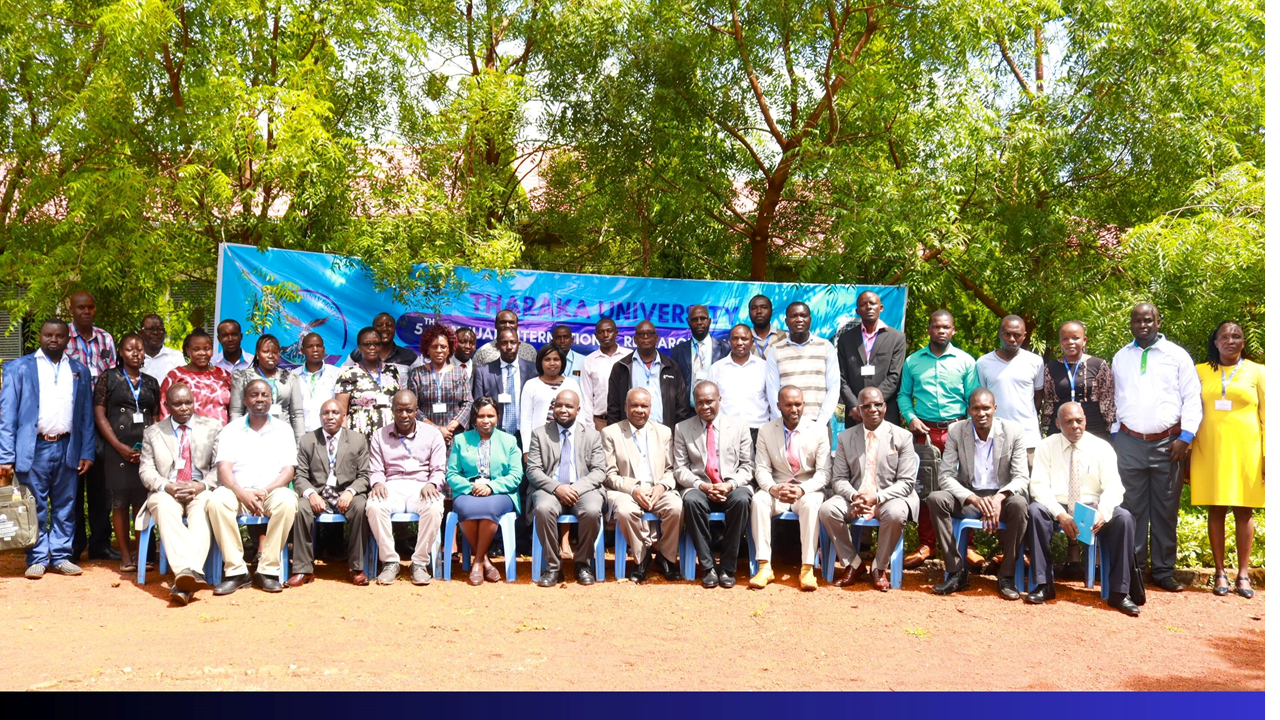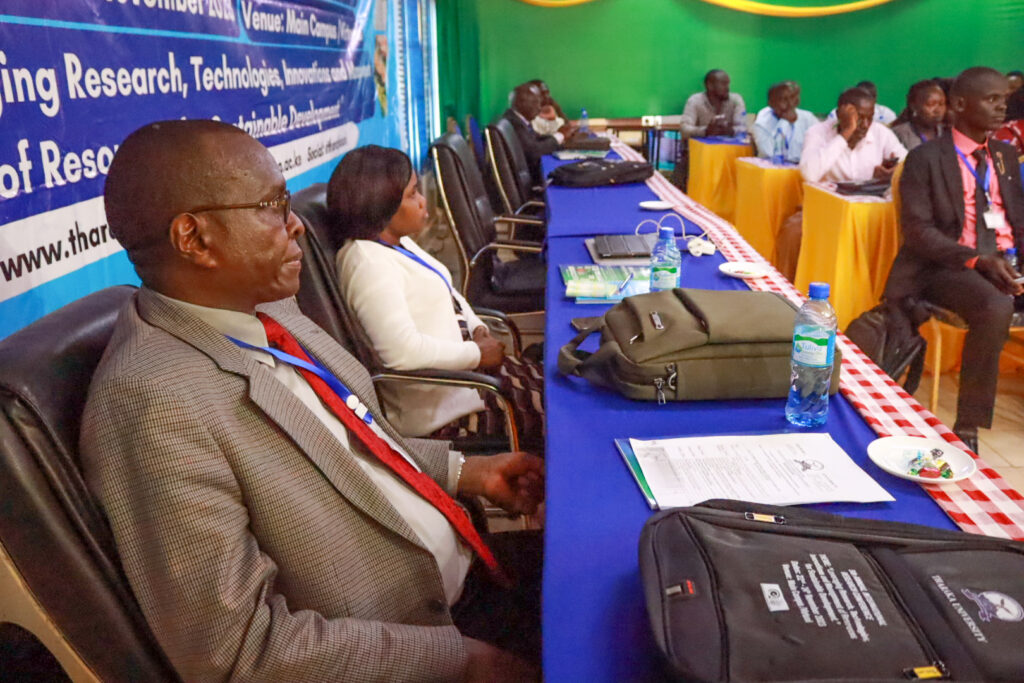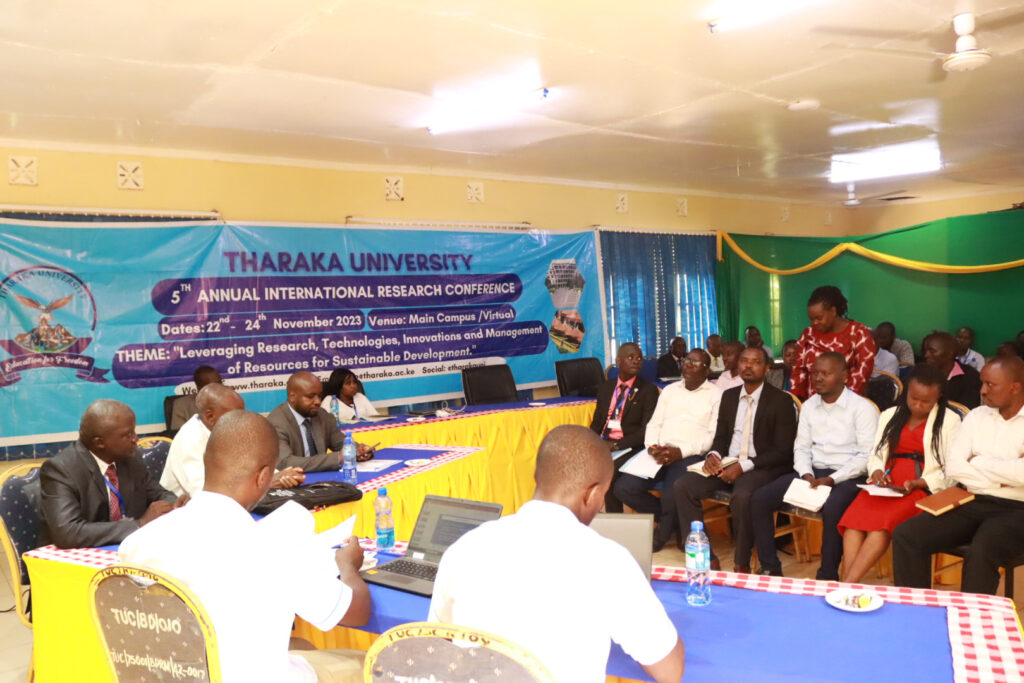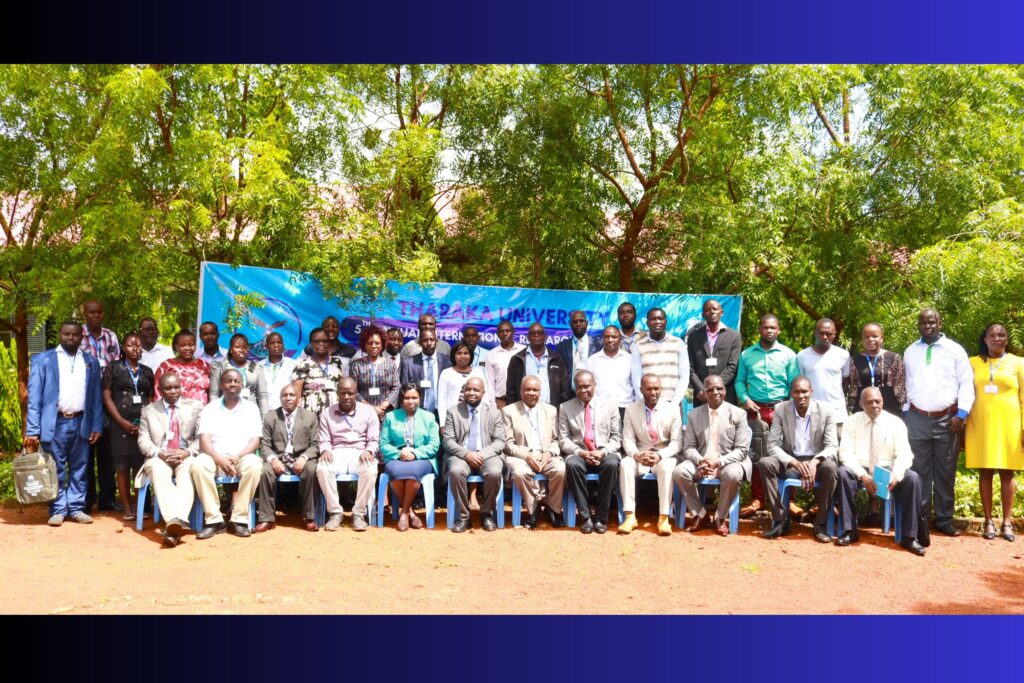University Library Quick Links
Contact US
P.O BOX 193-60215
MARIMANTI KENYA
Tel. No +254745838353
info@tharaka.ac.ke
Accessibility Bar
visibility_offDisable flashes
titleMark headings
settingsBackground Color
zoom_outZoom out
zoom_inZoom in
remove_circle_outlineDecrease font
add_circle_outlineIncrease font
spellcheckReadable font
brightness_highBright contrast
brightness_lowDark contrast
format_underlinedUnderline links
font_downloadMark links








